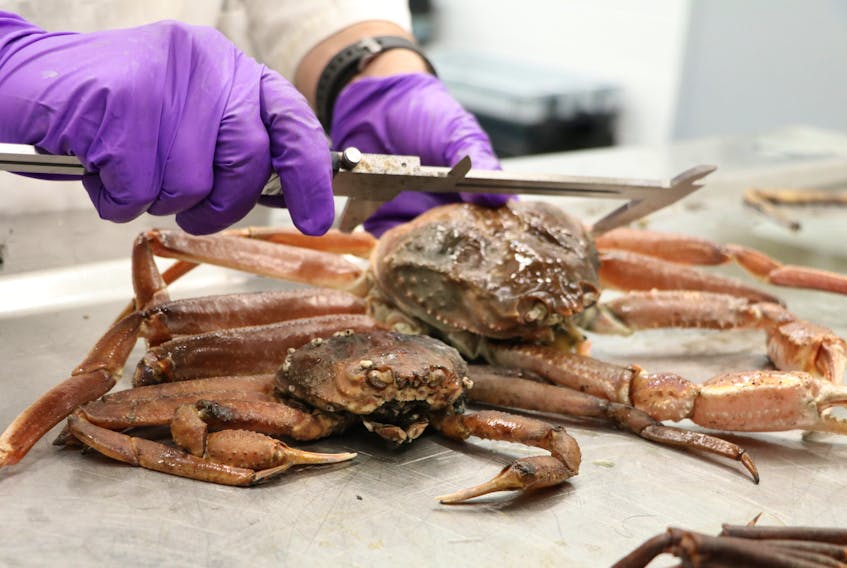I get discouraged sometimes.
Discouraged, because, caught up in doing things the same way we always have, we keep doing them, even though we should know better.

The source of my latest discouragement? Reports late last week that fisheries scientists are seeing a change in some Atlantic Canadian snow crab stocks. Scientists found that male crabs have stopped growing: more than 80 per cent of the stock in some zones is now too small to catch.
The problem? The snow crab fishery targets large crabs, and those are vanishing, leaving only small crabs behind. What did we think would happen?
Crab that would normally be too small to win mating battles are now the right size.
Enter a concept known as “unnatural selection,” where an outside force imposes a new order in biological selection.
I first wrote about it in 1996, for a weekly newspaper called The Sunday Express, when I reported on a scientific study about the way successfully spawning male Dungeness crabs in British Columbia were getting smaller and smaller. Keep in mind, that was 22 years ago.
I’ve kept track of it since. Here’s what I wrote when I returned to the same topic in the St. John’s Telegram in 2001.
“Fifteen years ago, scientists working in British Columbia did some fascinating research on Dungeness crab; they suggested that if the fishing industry took only the largest male crabs, that might have some effect on the species as a whole. With the larger males out of the picture, smaller males that might lose mating battles had a chance to both mate, and pass on their genetic material.
“Not everyone agreed with the research, but most agreed with two points: that small male Dungeness crab seemed to be mating more often, and that smaller and smaller crabs seemed to be becoming sexually mature.
“Not only that; once they mate, a large proportion of the smaller males then stop growing, and never reach marketable size. But on the genetic front, like the Energizer Bunny, the pygmy crabs just keep going, and going.
“In the great wide evolutionary world of the Dungeness crab, smaller might suddenly be better, which would be great news if you’re already a small male Dungeness crab.
“It’s an intriguing proposition for the Newfoundland fishery, since we harvest — you’ve got it — exclusively the large males of the snow crab species. And the snow crab fishery is such a huge part of what remains of our fishing industry.”
The thing is, we’ve known for decades that selectively fishing large males skews species.
Fast forward to today, and federal fisheries scientists are saying that they hope large male crabs will return — if left alone to grow — and that the change is, at this point, situational rather than genetic. In other words, if enough big crabs are still around to be given a chance to survive and mate, they re-establish the natural order.
It doesn’t always work that way. In the Caribbean, the fishery for large conch changed that species’ entire genetic history. Conches from 7,000 years ago had 66 per cent more meat in them, but, as scientists from the Smithsonian Tropical Research Institute found in 2014, “Because of persistent harvesting of the largest conchs, it became advantageous for the animal to mature at a smaller size, resulting in evolutionary change.”
Scientists from Woods Hole found similar changes in cod, salmon and haddock: when big fish are targeted, smaller variants become more successful and pass on their genetic traits, including their smaller size.
The thing is, we’ve known for decades that selectively fishing large males skews species.
But there was lots of money involved. Snow crab is an important and valuable fishery in Nova Scotia, Prince Edward Island, New Brunswick and Newfoundland and Labrador
So of course we did it anyway.
Discouraging, indeed.
Russell Wangersky’s column appears in 36 SaltWire newspapers and websites in Atlantic Canada. He can be reached at [email protected] — Twitter: @wangersky.
Related story:
Not enough large males in Newfoundland snow crab stocks: researchers
Recent column by this author:









